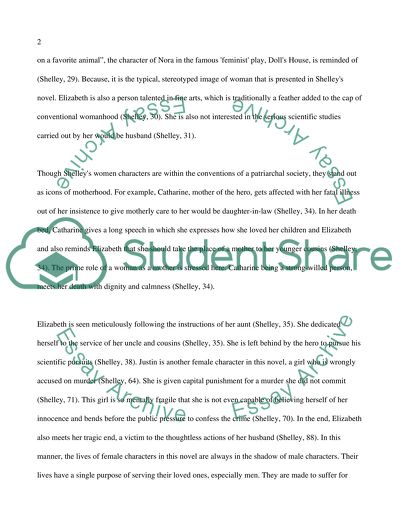Writing About Literature Essay Example | Topics and Well Written Essays - 500 words. Retrieved from https://studentshare.org/literature/1613955-writing-about-literature
Writing About Literature Essay Example | Topics and Well Written Essays - 500 Words. https://studentshare.org/literature/1613955-writing-about-literature.


